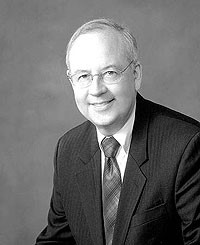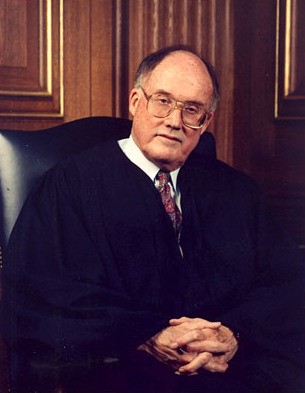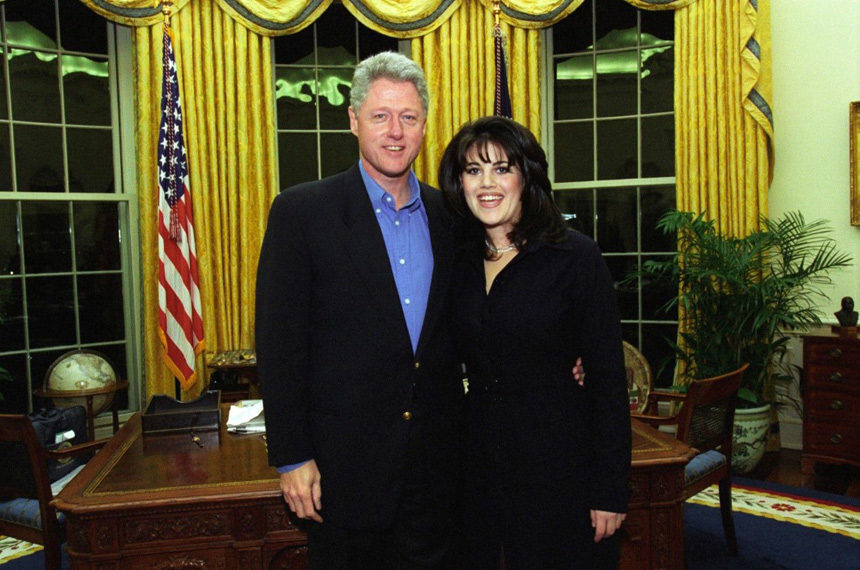It’s only happened once before in United States history: a sitting president undergoes an impeachment trial in the Senate. The first time Andrew Johnson was tried in 1868 over his dismissal of Secretary of War Edwin Stanton; although he was impeached by the House, he was spared by a single vote in the Senate. A similar pattern played out in 1998, when President Bill Clinton faced two charges that emerged in the wake of a lawsuit filed by Paula Jones.
Paula Jones interview from ABC’s Primetime Live in 1994.
Jones filed her lawsuit in 1994, two years after Clinton took office for his first term. The suit alleged sexual harassment on the part of Clinton during a hotel room meeting between the two in 1991. While building their case, lawyers representing Jones investigated rumors surrounding Clinton’s relationship with White House intern Monica Lewinsky. These lines of inquiry occurred concurrent with the Whitewater real estate investigation into Clinton’s business dealings that was being headed by special counsel Kenneth Starr.

When Clinton gave his statement for his deposition for the Jones case in January of 1998, he was questioned about his relationship with Lewinsky. Clinton stated under oath that he had no relationship with Lewinsky outside of professional contact, going so far as to state that he was never even alone with her. This statement was contradicted by Lewinsky’s own personal account of events; in phone conversations with co-worker Linda Tripp, Lewinsky offered many details about her relationship with Clinton, including gifts and sexual encounters. Unknown to Lewinsky, Tripp regularly recorded those phone conversations and eventually turned the recordings over to Starr. Furthermore, the conversations provided information that Clinton had asked Lewinsky to conceal the relationship, and that Lewinsky, in turn, had asked Tripp to deny her knowledge of the relationship if called to testify.
Starr decided that Clinton’s actions constituted perjury, and he backed this up with other collected evidence, including Lewinsky’s hard drive and emails. Starr compiled his findings in the document that became popularly known as the “Starr Report.” The report was sent to Congress and posted online.
Shortly after the November 1998 election, the Republican-controlled House of Representatives entered impeachment proceedings against Clinton. In House Resolution 611, Clinton was impeached on one count of perjury and another of obstruction of justice; both counts stemmed from the Jones deposition. A second article of perjury and one of abuse of power failed to receive majority votes in the House.

The Senate trial began on January 7, 1999. Then-Chief Justice of the Supreme Court, William Rehnquist, presided over the trial; what was functionally the prosecution side of the case was handled by 13 House Republicans, including current Arkansas governor Asa Hutchison and current South Carolina senator Lindsey Graham. Clinton was defended by lawyer Cheryl Mills and a team that included future Obama White House Counsel Gregory B. Craig. The proceedings ran until closed-door deliberations began on February 9th.
Ending deliberations on February 12th, the Senate put it to a vote. With 67 votes required to convict the president and remove him from office, the Senate voted to acquit. The totals came in at 45-55 on the perjury charge, and 50-50 on obstruction. Every one of the 45 Senate Democrats voted not guilty on both charges. Clinton remained in office, serving out the rest of his second term. In April of 1999, he was cited for contempt of court for lying in the Jones deposition; the president ultimately agreed to having his license to practice law in his home state of Arkansas suspended for five years. As for the civil suit brought by Paula Jones, Clinton settled in November of 1998, prior to the impeachment proceedings, for $850,000.
Though impeachment has been an increasingly common topic of discussion of late, it’s definitely not a speedy process. It’s complicated, and it should be, as it’s not something that the nation wants to enter lightly. That said, Congress has historically wielded that power wisely, and it’s likely that the men and women of both houses are fully aware of the import that initiating such a process carries for the country.
Feature Image credit: White House photograph of President Bill Clinton and Monica Lewinsky. (White House photo)
Become a Saturday Evening Post member and enjoy unlimited access. Subscribe now



